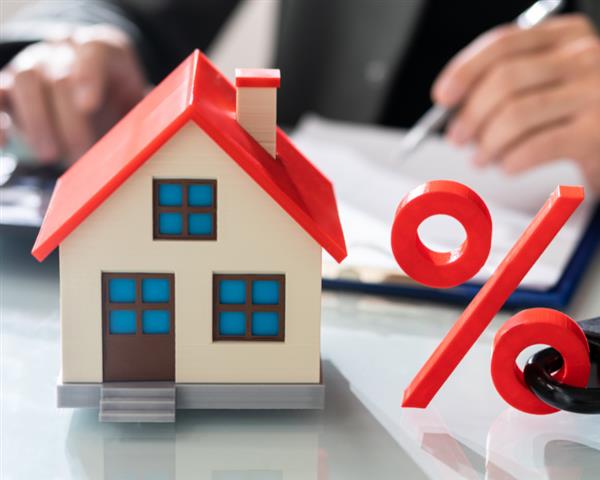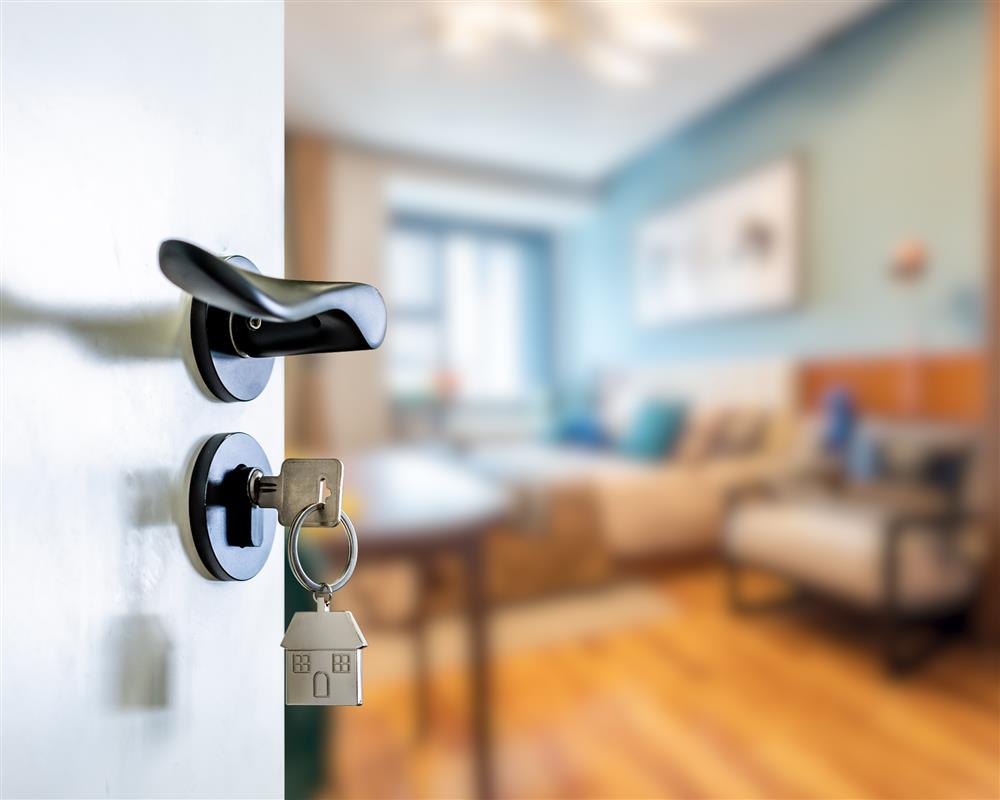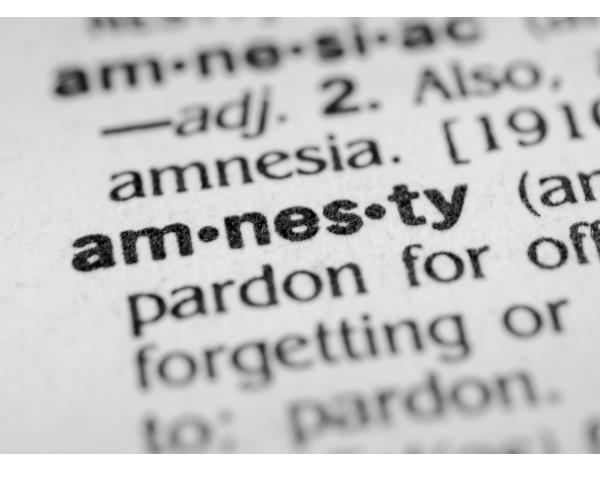
The South African Reserve Bank raised the prime overdraft rate (the average interest rate charged on loans by banks) a further 25bps in March 2016 to 10.50% amidst mounting inflationary pressures. This is the third straight rate hike in a row since November 2015 where it was raised to 9.75%. Factors such as a rise in food prices and deteriorating economic growth have driven inflation above the SARB’s 3-6% target, currently sitting at 7%.
How does this affect the SA consumer?
Many South African consumers utilising credit products will be negatively impacted by interest rate hikes, particularly those in the low to middle income bracket already experiencing financial pressure. Rate hikes increase the amount of money paid on facilities like a home loan, car finance and credit cards. As monthly instalments increase in cost, expendable income decreases and financial difficulty sets in.
What affect does this have on home loan repayments?
Interest is calculated daily on the outstanding balance of the home loan. Increases in the home loan rate, which is the interest rate paid on a bond, have a direct affect on the monthly home loan repayments.
For example; On a bond of R1 000 000 over a 20 year term at an interest rate of 10% per annum the monthly loan repayment is R9 650, similar to that of November last year. At 10.50% the bond repayments increase to R9 980.
Should the prime lending rate increase a further 50bps to 11% the repayment amount increases to R10 032. At 11.50% the home loan repayments have increased by a staggering R840 to R10 490; the financial implications being that consumers will have to make provision in their budget for an additional amount of almost R1 000. And interest rates are predicted to rise again this year!
-
Interest Rate: 10% = Monthly Repayment: R9 650
-
Interest Rate: 10.50% = Monthly Repayment: R9 980
-
Interest Rate: 11% = Monthly Repayment: R10 320
-
Interest Rate: 11.50% = Monthly Repayment: R10 490
How to manage a home loan amidst rising interest rates
Choosing to finance short-term debt over a longer period or extending the length of the bond term may give some immediate relief in terms of smaller monthly instalments but will increase the amount of interest paid as well as the time it takes to pay off, costing significantly more in the long run.
Although both are valid choices, it makes more sense to exercise restraint in unnecessary spending than to take the aforementioned approach with its long-lasting and far-reaching financial consequences. Correct planning and budgeting with the expectation that interest rates will rise in the near future is the key to relieving financial pressure. Discipline is vital!
If possible begin by paying more than the required bond repayment each month. Not only will this settle the balance owed on the bond faster, reducing the length of the loan term, but the total amount of interest paid over the loan term will reduce too. Additional payments can be made into the home loan; for example, bonuses or commission. Large cash deposits will lower the outstanding home loan amount, reduce the interest on the total and assist in building up an advance on repayments.
Homeowners should live within their means and to the best of their ability curb unnecessary spending. Developing healthy budgeting habits will ease financial strain and essentially protect the investment.
















































![What is POPIA? [Part 1]](https://s3.entegral.net/news/Thumbnail_2021_10_18_11_53_39_403.jpeg)






























































































































































